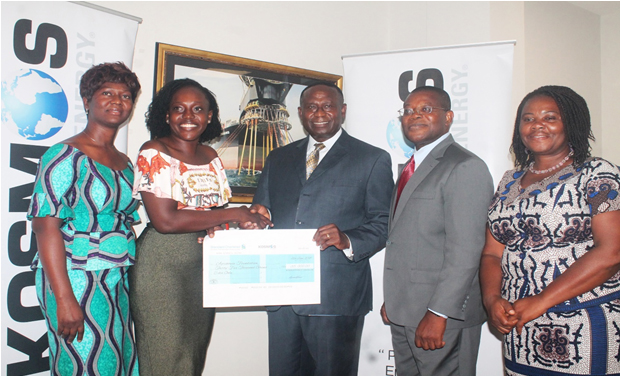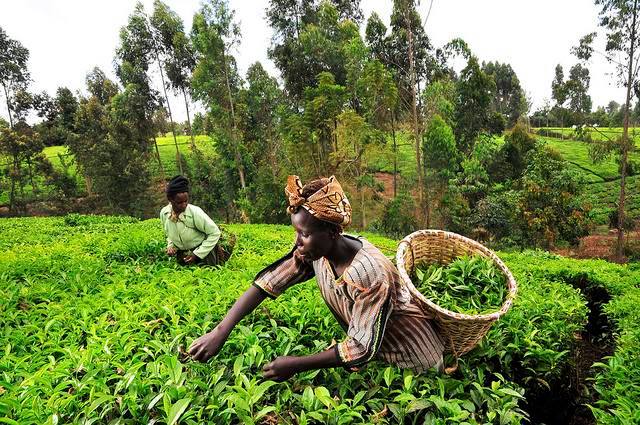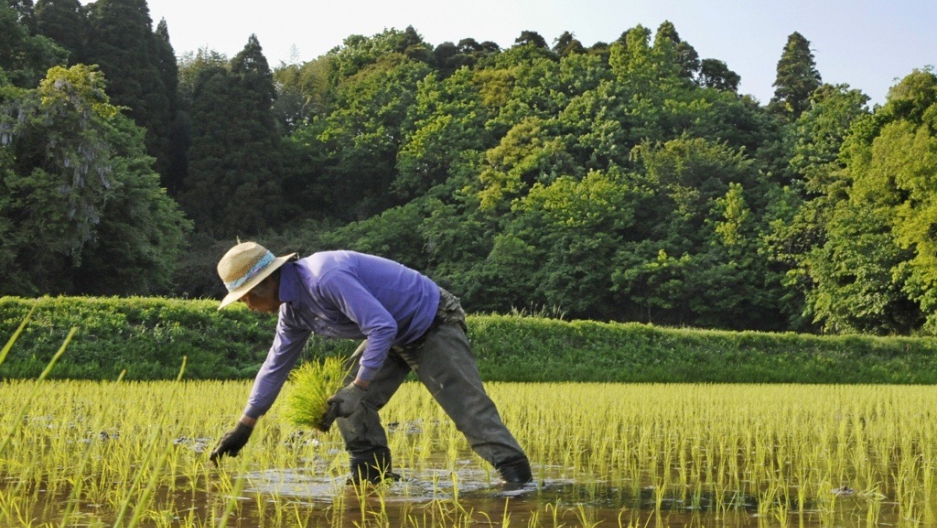
KOSMOS ENERGY: BUILDING GHANAIAN SMES ONE AT A TIME
Ghana’s budding petroleum industry is anchored by its biggest oil field- The Jubilee Oil field. Jubilee, which is in the Western Region of Ghana, is managed by a group of partner companies and US oil giant Kosmos Energy is one of them. Kosmos is an upstream oil and gas company headquartered in Dallas, Texas. It also has operations in Cameroon, Morocco, São Tomé and Surinam.
The partners also manage the TEN oil field in the Western Region. In 2017, the International Tribunal for the Law of Sea (ITLOS) delivered a positive ruling in favour of Ghana. Additionally, the Government of Ghana gave its approval for the Greater Jubilee full field development plan and so Kosmos and its partners have commenced activities to drill and complete additional wells to increase oil production.
Social Investment with KIC
Aside paying taxes and contributing to government revenue, the company also offers much-needed employment to many Ghanaians. Companies do not exist in a vacuum; they operate in an environment with many stakeholders. Kosmos has been engaging in social investment initiatives to support the communities in which it operates as well as supporting Ghana’s economy to grow in diverse ways.
However, oil is not an infinite resource; it will diminish one day. As a way of investing in Ghana’s future beyond petroleum, the oil giant launched the Kosmos Innovation Center (KIC) in 2016, an innovative mentorship programme that nurtures the next-generation of young Ghanaian entrepreneurs.
SMEs make up majority of businesses in the country. Through business training, mentorship and others, the KIC hopes to share our entrepreneurial ethos and inspire young people to develop new businesses; and create innovative solutions that address some of the socio-economic challenges the country faces.
While the programme is targeted at many sectors, it decided two years ago to focus on the agriculture value chain. This is because agriculture has historically been the backbone of the Ghanaian economy and the sector touches on many Ghanaian livelihoods. However, agriculturenm has not reached its rightful potential in terms of both modern processes and technology and a massive investment is needed to boost the sector. Agriculture as an industry is also not attractive to the millions of Ghanaian youth, who make up majority of the population. Kosmos envisions that through the KIC, many young people will be encouraged and financially supported to build careers in the agriculture value chain.
Impressively, since its inception, the KIC has mentored and funded the creation of six ambitious startups who are boosting agriculture and creating jobs. Others also continue to receive mentorship support and training to scale up.
In the short term, the Center wants hgkhto showcase KIC and provide a platform for KIC businesses to exhibit and get market for their innovative products. Connect with collaborators to partner with KIC in building “One Entrepreneur at a Time”.
In August 2017 the KIC launched a new programme called ‘The Business Booster’, designed to help SMEs scale up their businesses by overcoming barriers to continued growth. The Business Booster is focused on Ghanaian agricultural businesses that are in existence for at least three years. The five-
MARKET LINKAGE SUPPORT
Need a buyer for your farm produce, product or service?


Continuous agricultural support
In keeping with its commitment to the agricultural sector, Kosmos Energy this month provided financial sponsorship of Ghc35,000 to Agrihouse Foundation, an organisation that organises the annual agric Pre-Harvest Exhibition and Conference. This year’s event is set to take place in Tamale from 3rd-5th October and will have over 2000 participants and exhibitors attending to interact, share ideas and close business deals.
Kosmos explained why it supported the conference: “We believe in the agenda of Agrihouse Foundation so we partnered with them through this sponsorship to grow and develop the agricultural sector of Ghana. It also entrenches Kosmos Energy Ghana’s commitment of being a partner of choice in Ghana by pursuing agendas that will resonate with improved growth in the socio-economic sector of Ghana.”
By partnering and sponsoring the pre-harvest programme, Kosmos hopes to get market for innovative products that KIC businesses have developed, create awareness for more motivated and educated youths to look out for application windows and apply to be part of KIC, and also to secure partners to work with the KIC.
MARKET LINKAGE SUPPORT
Need a buyer for your farm produce, product or service?








